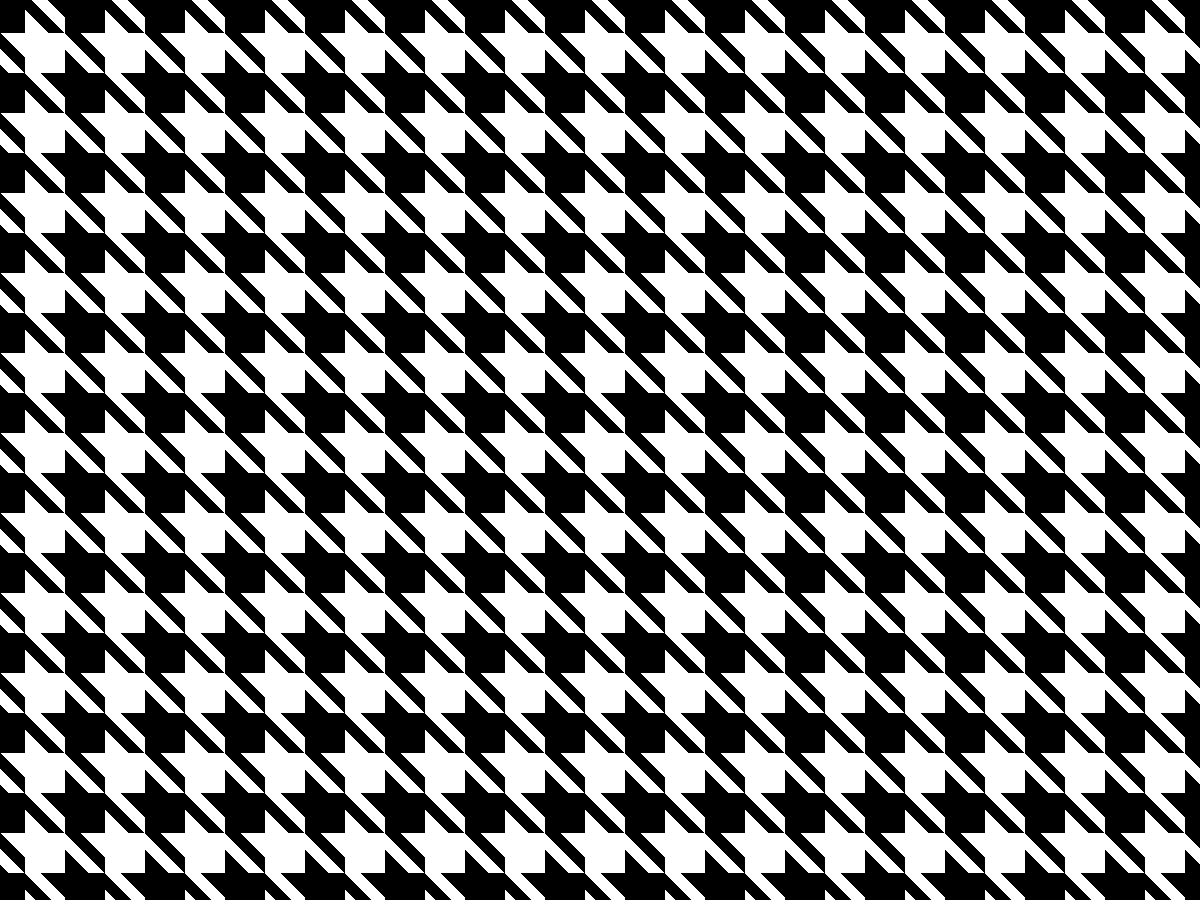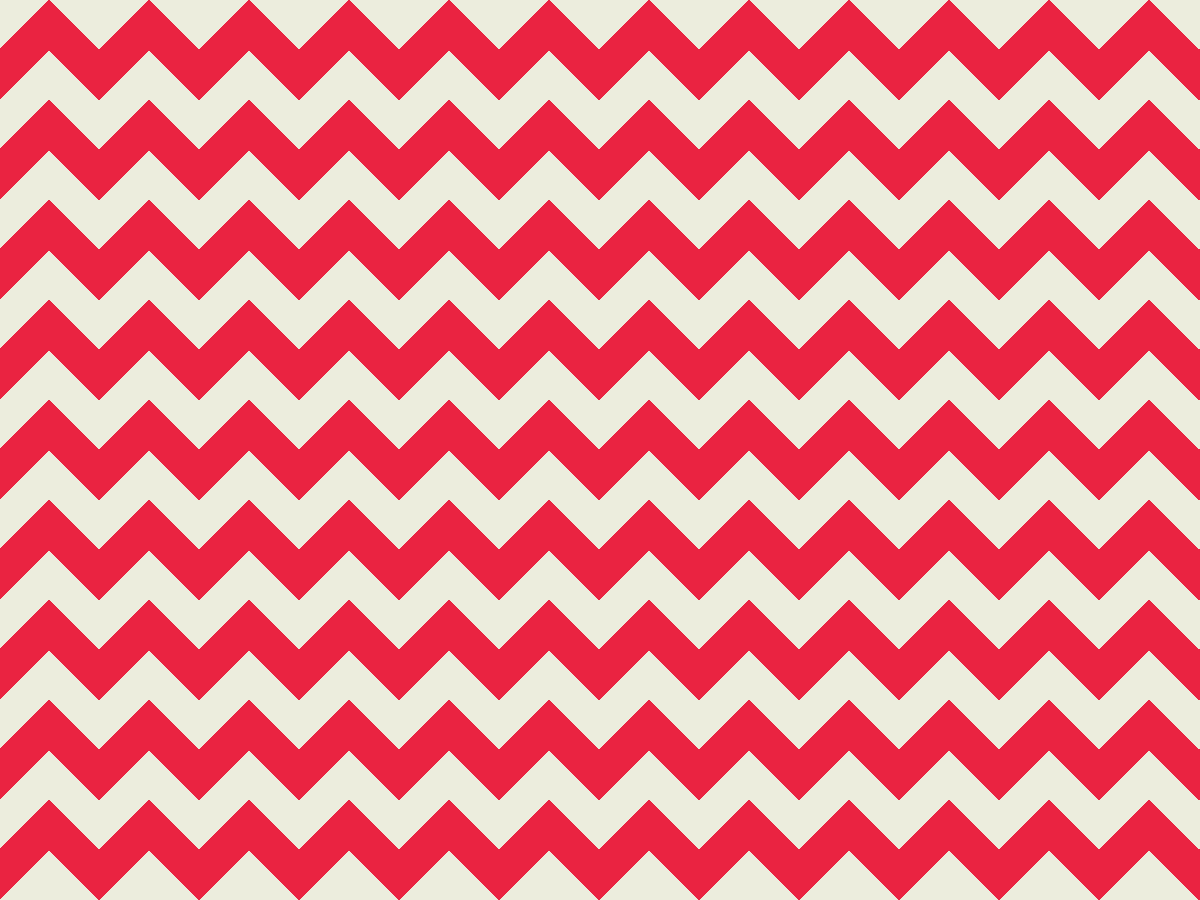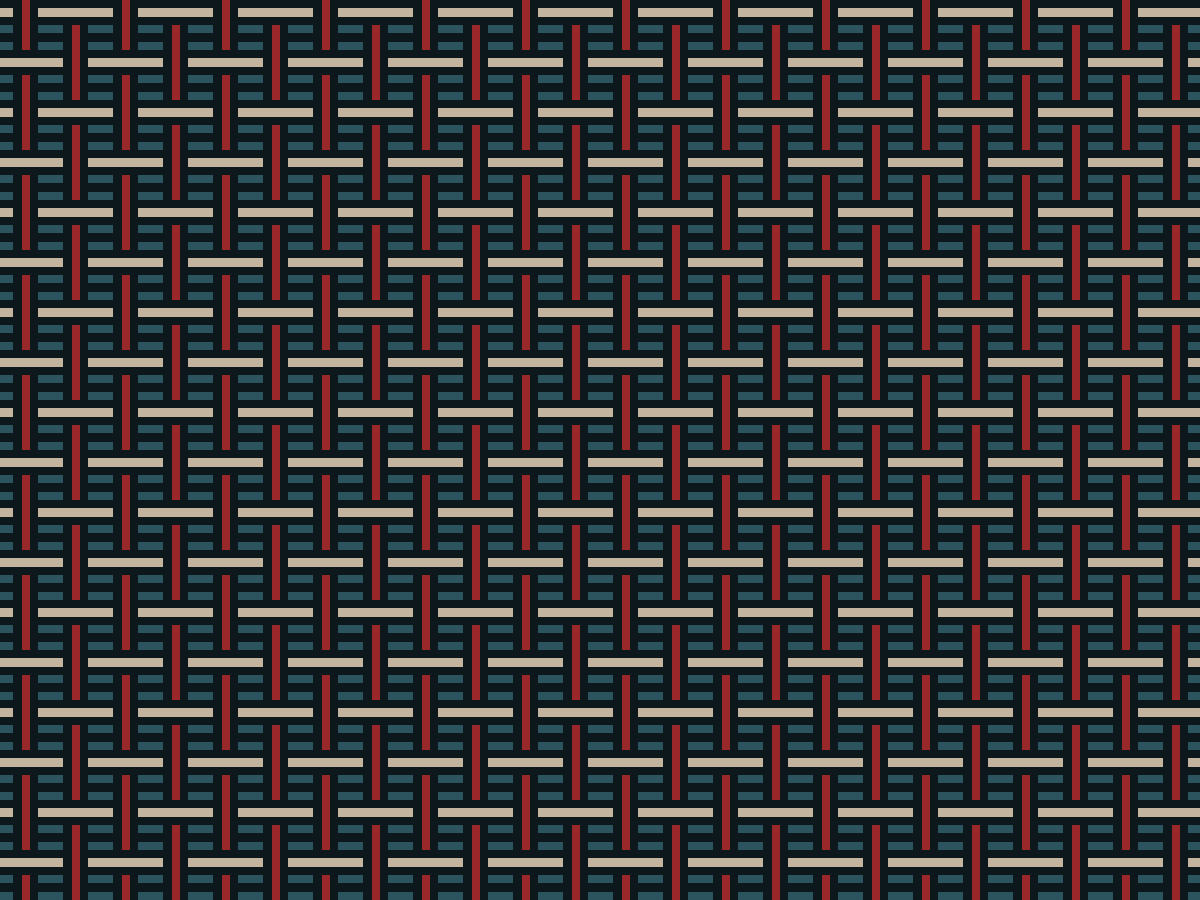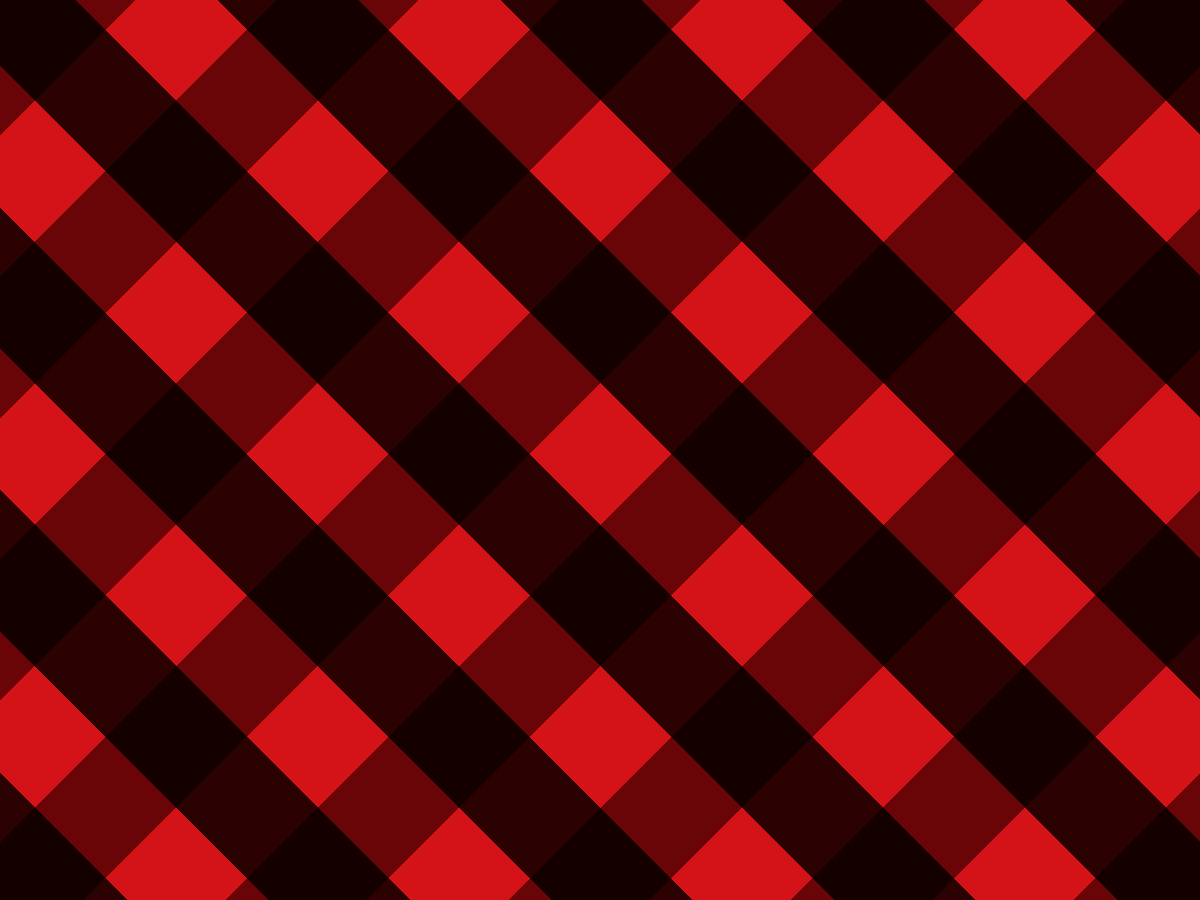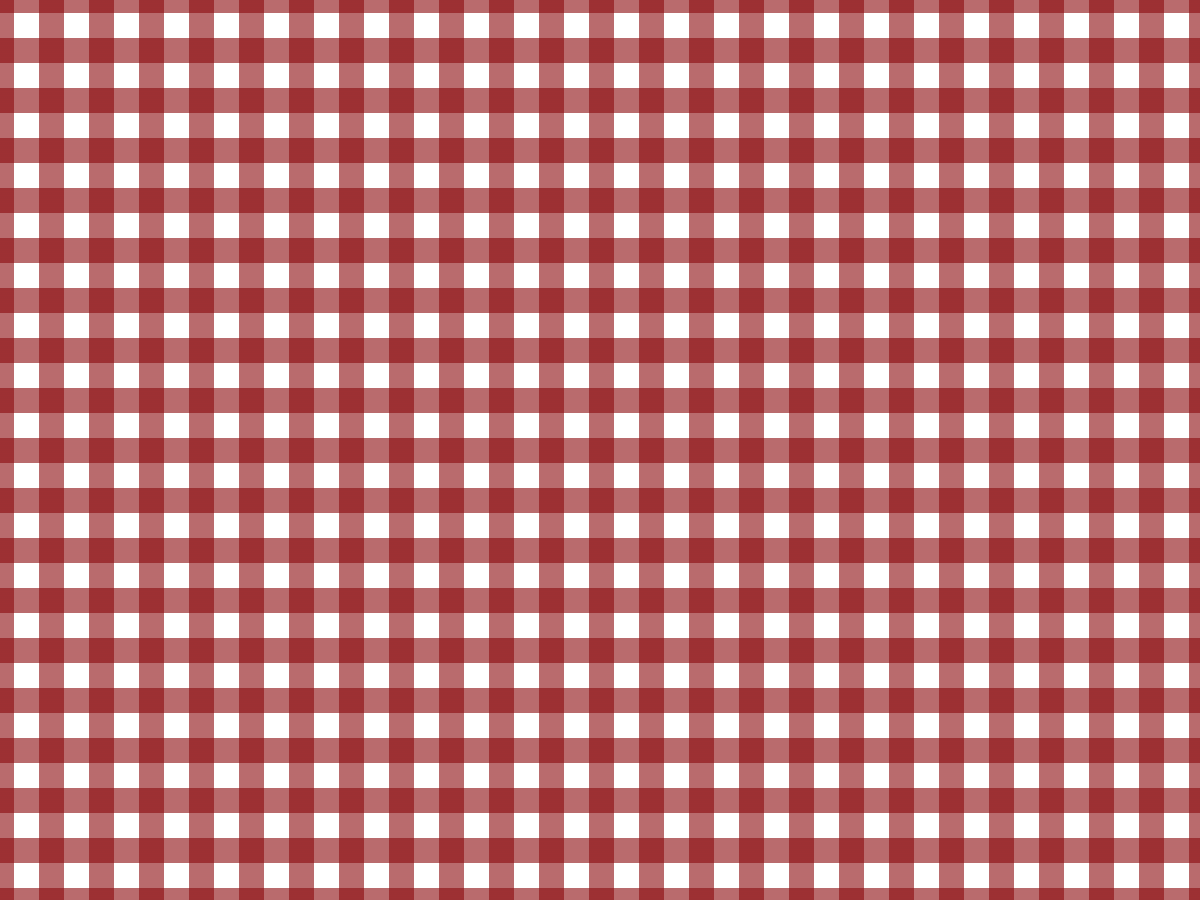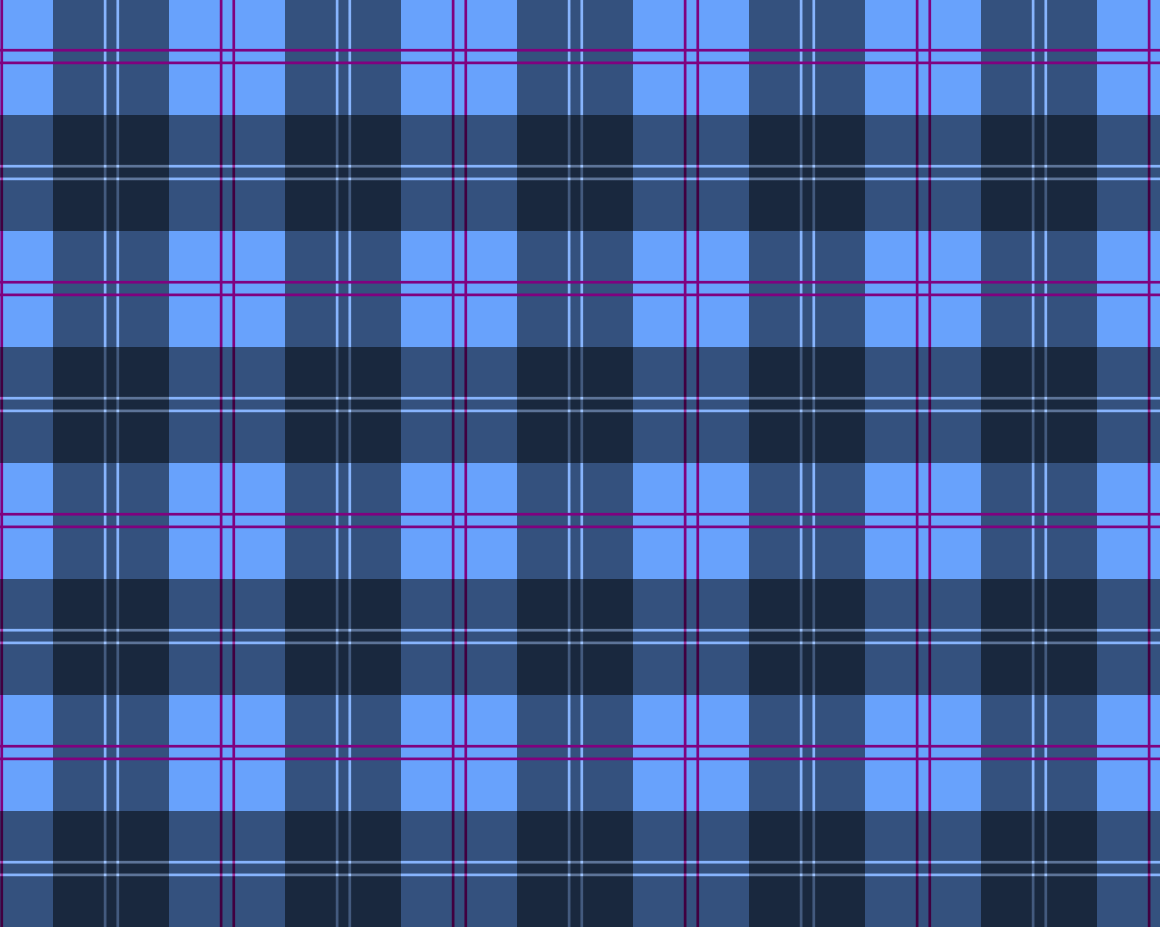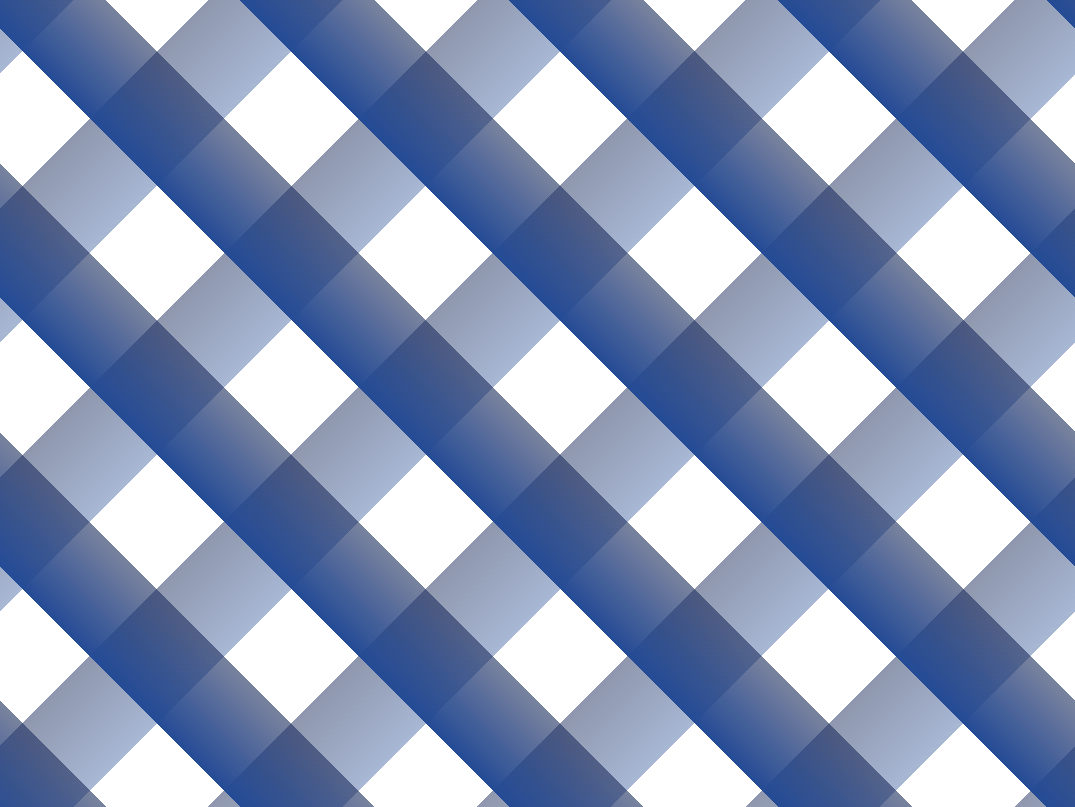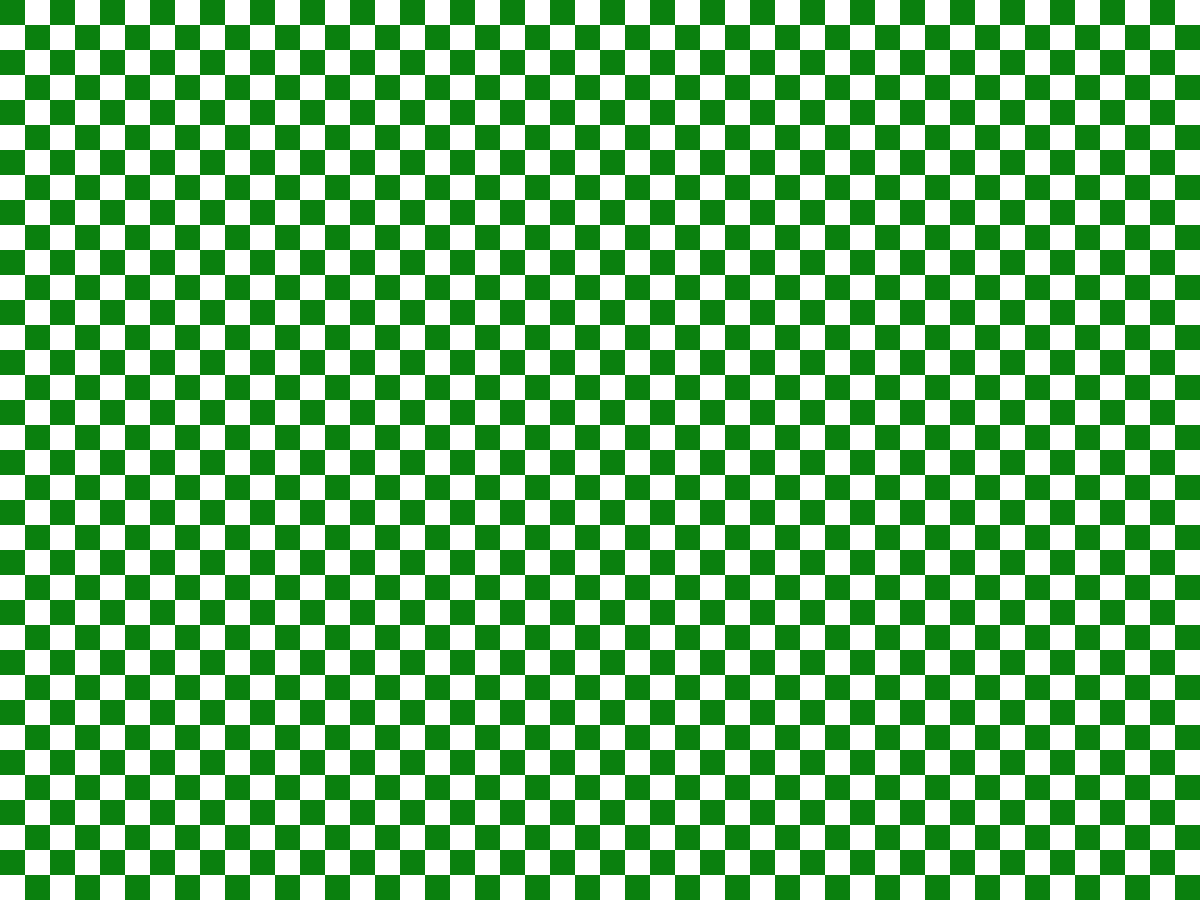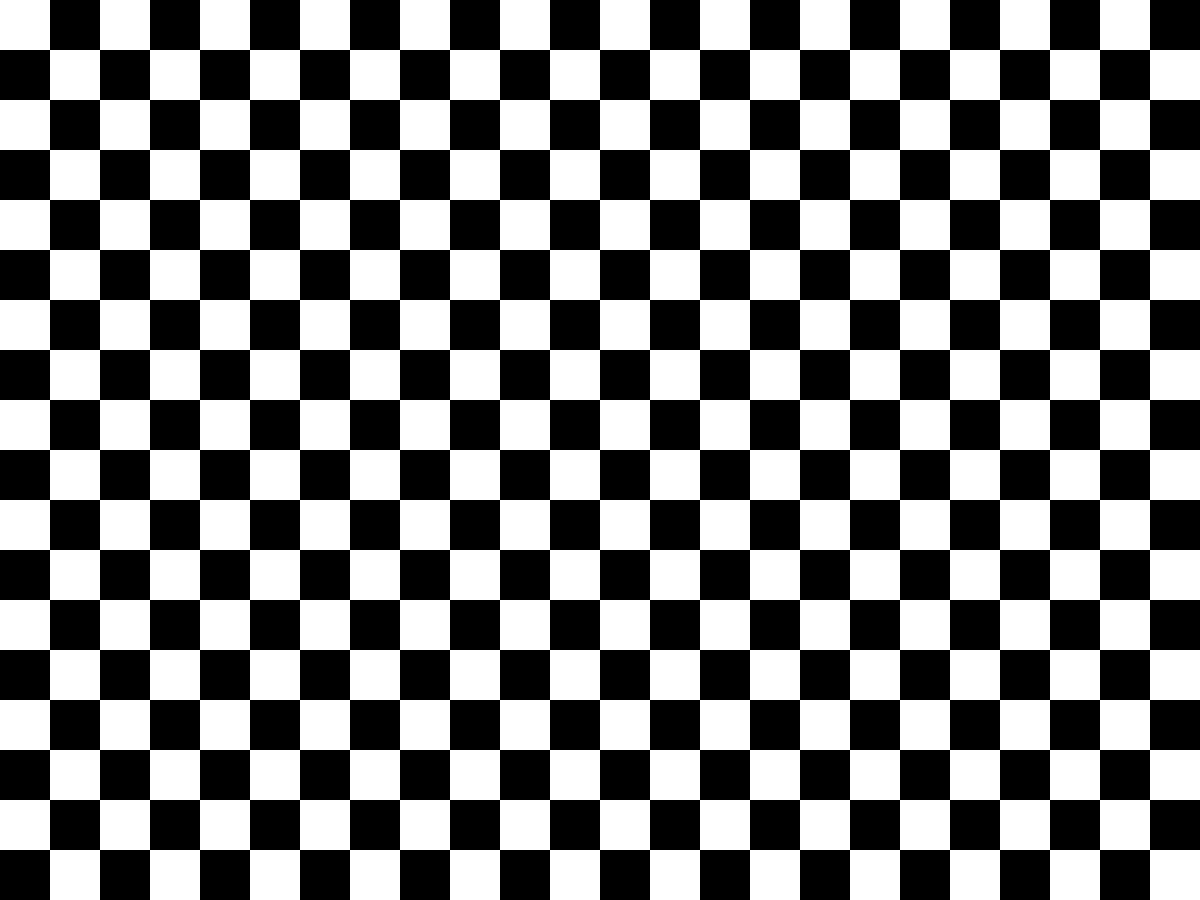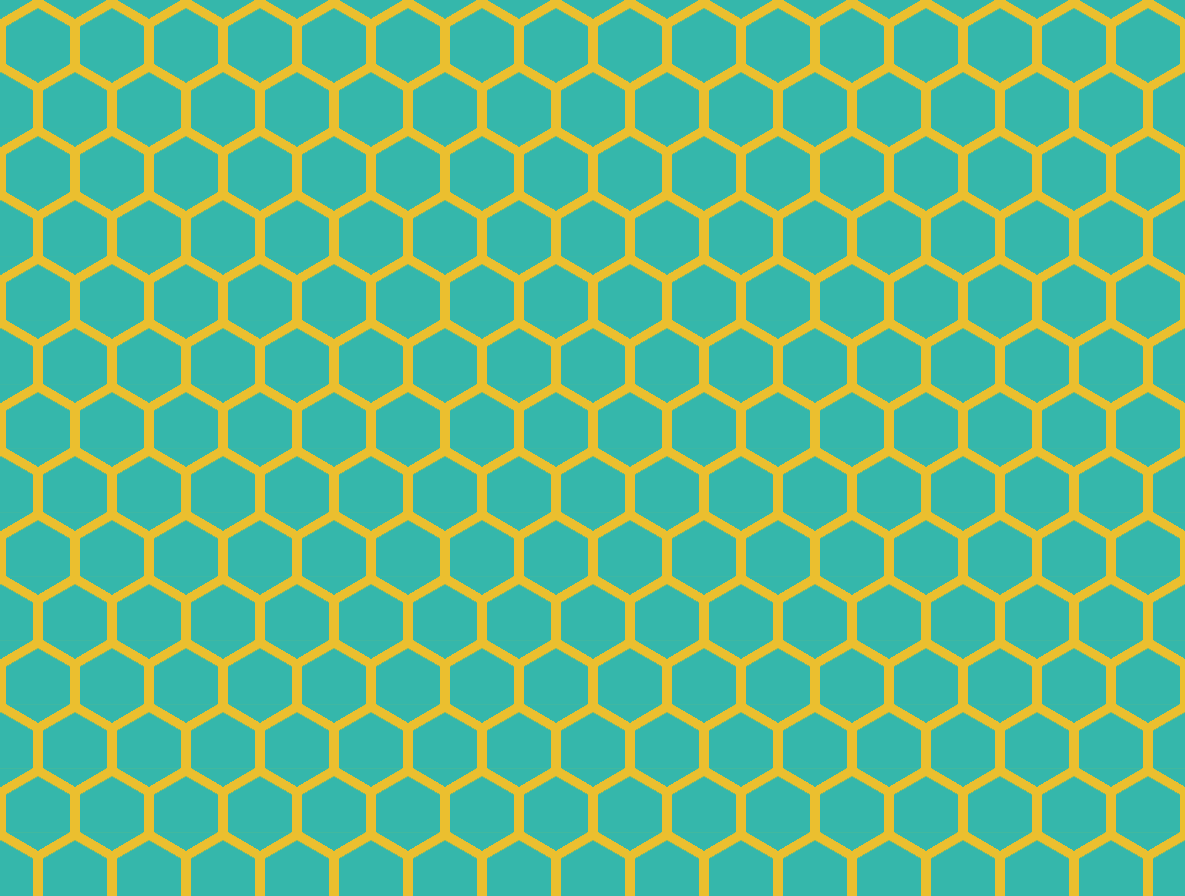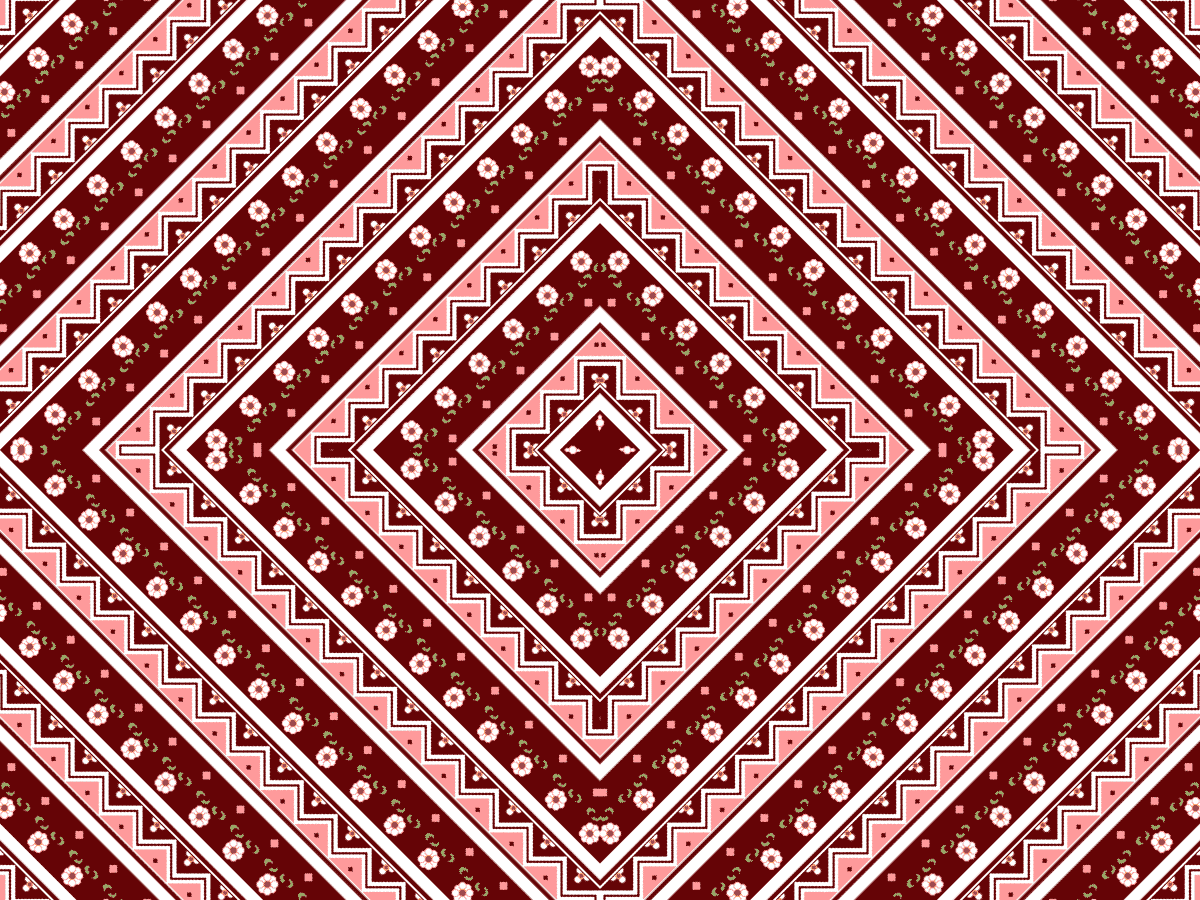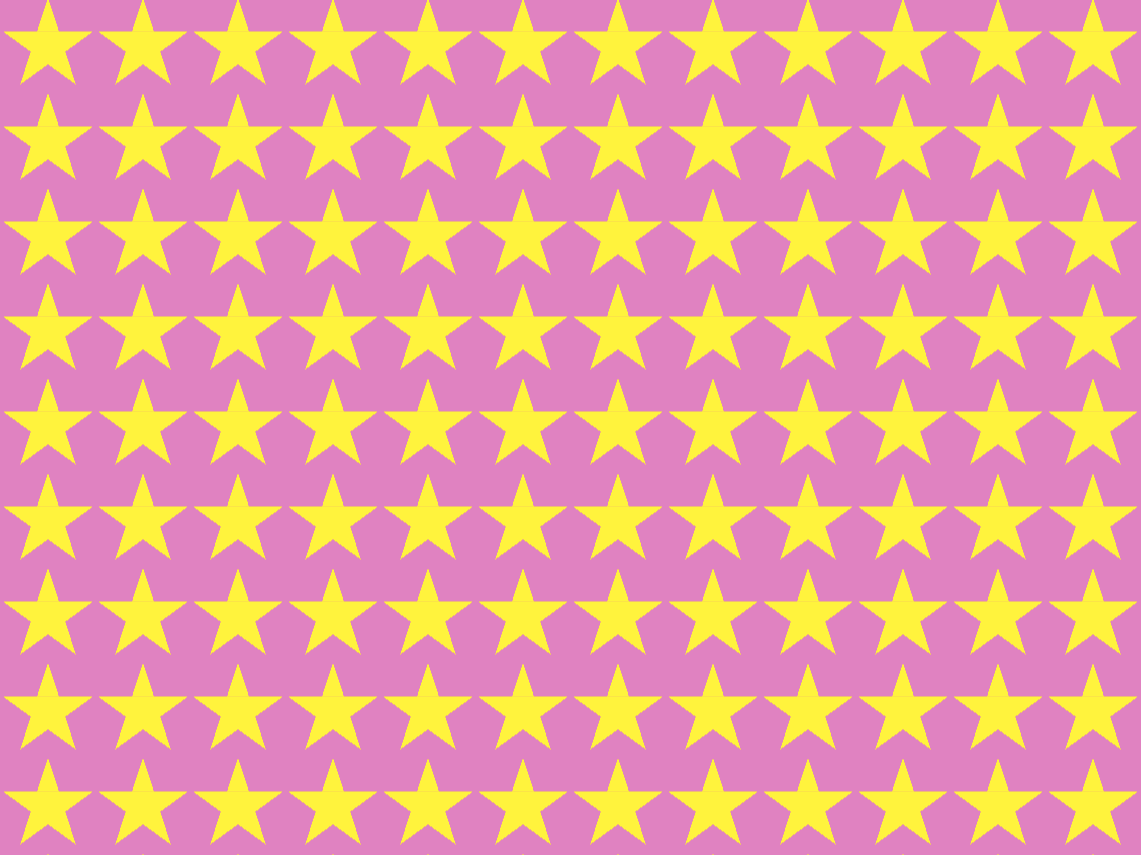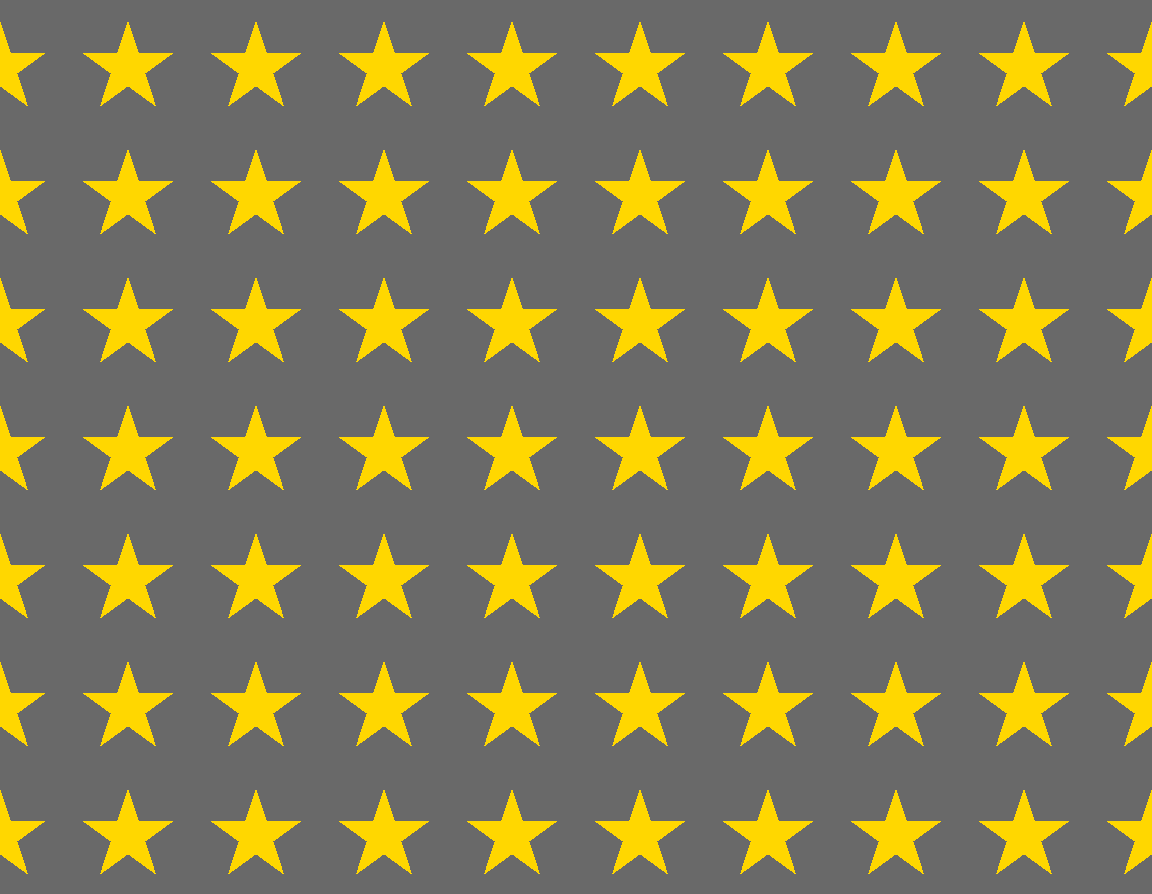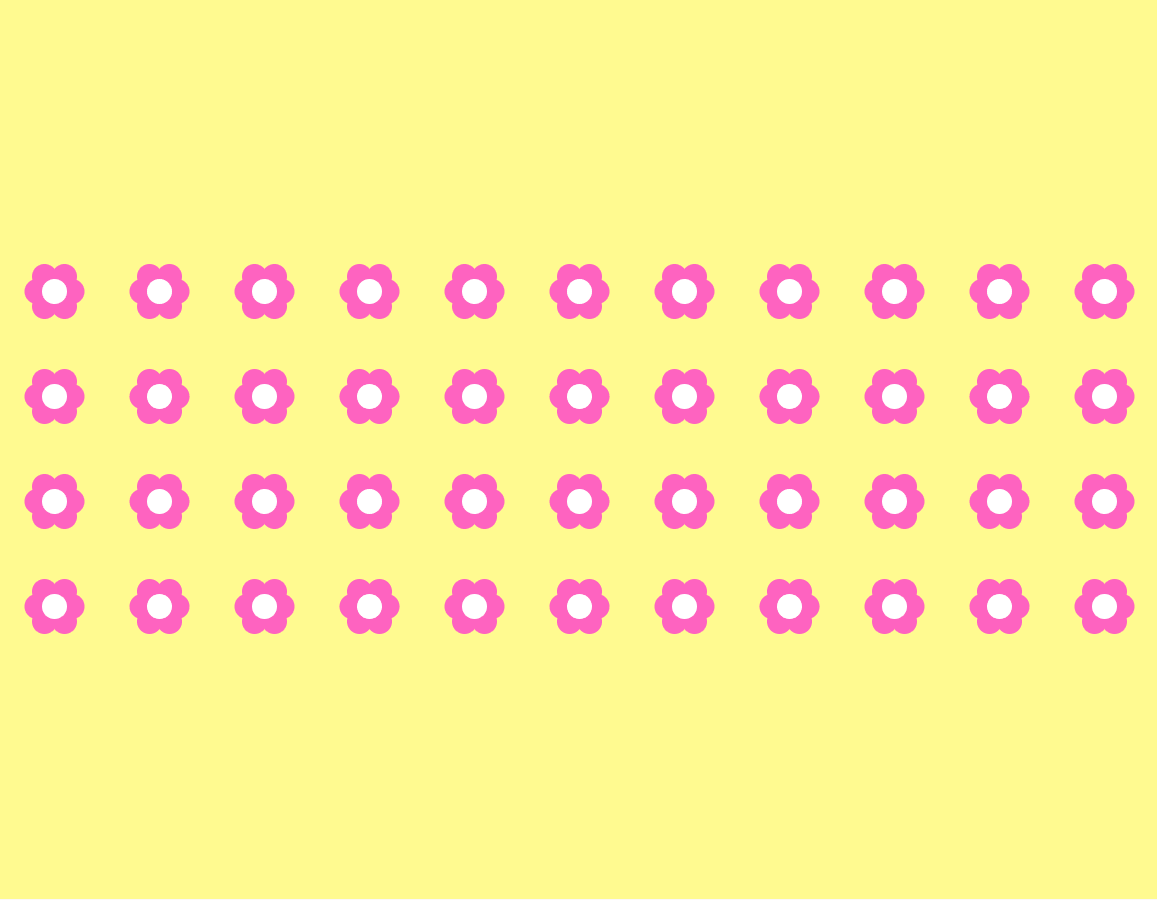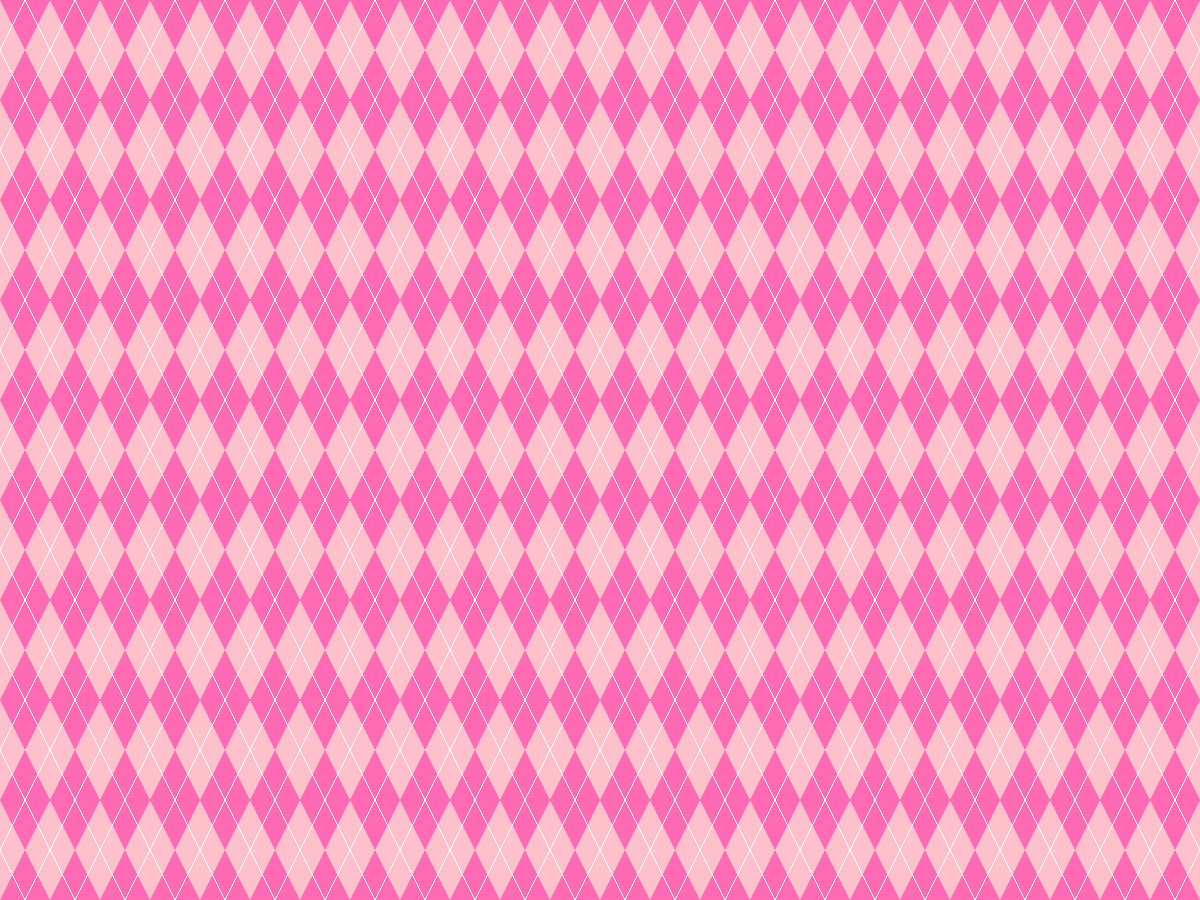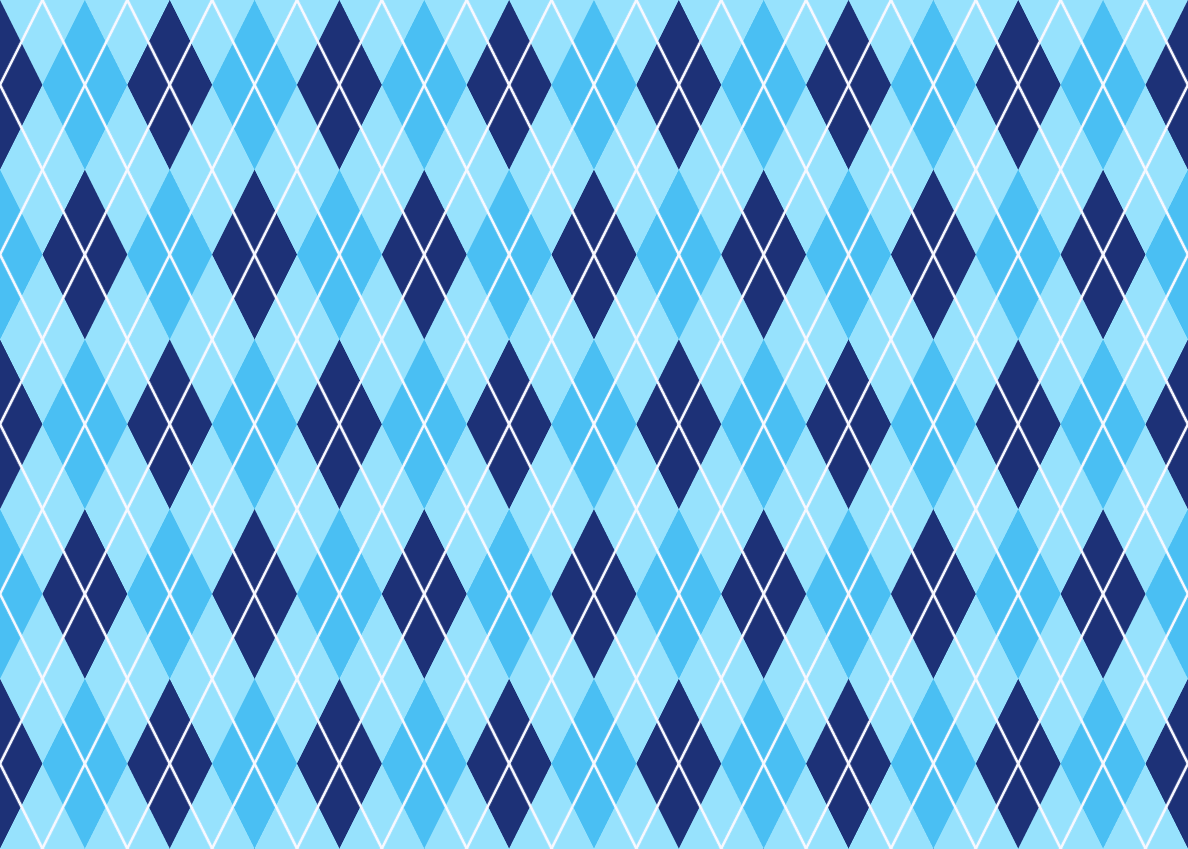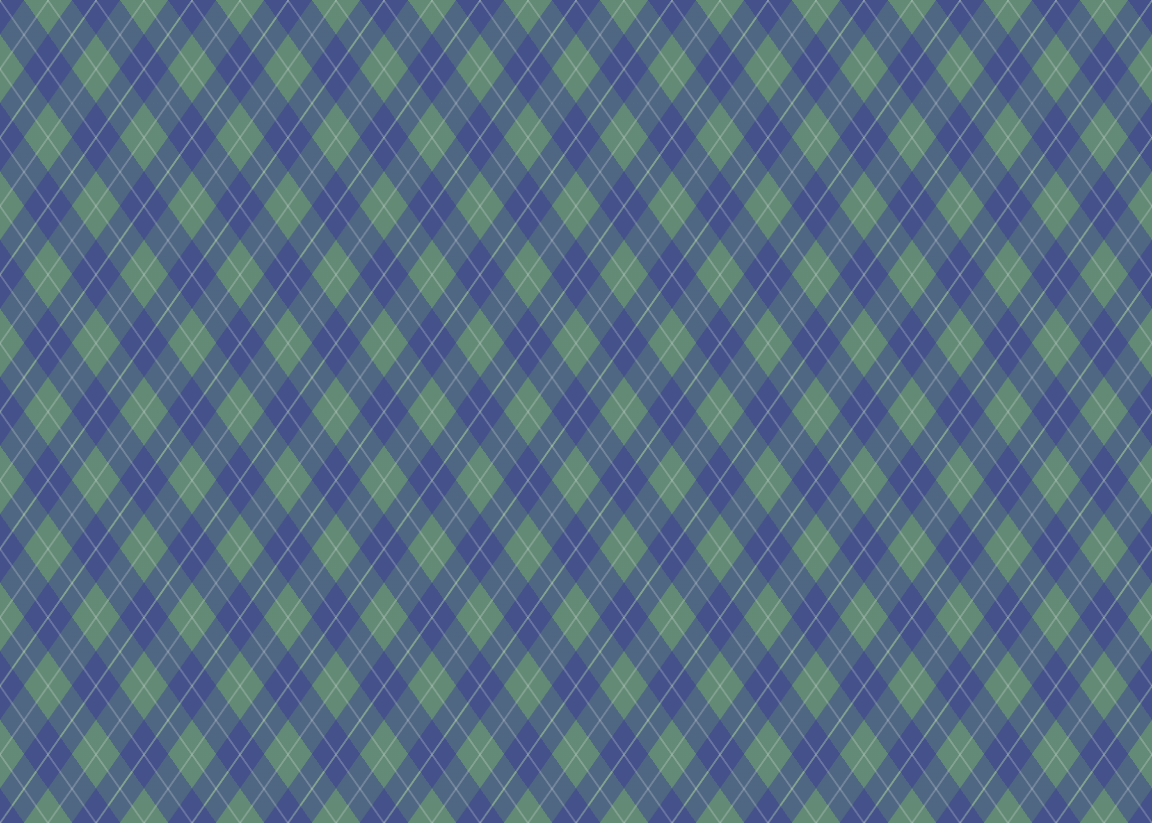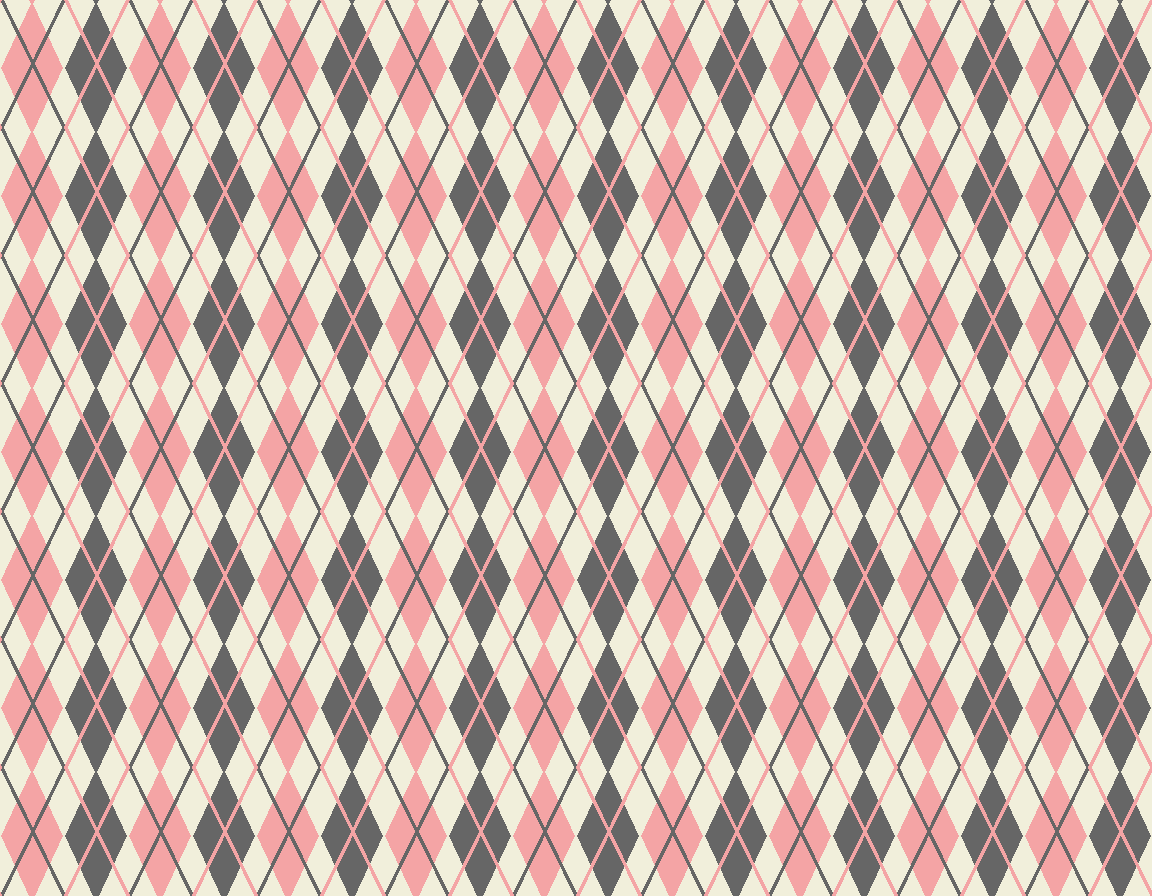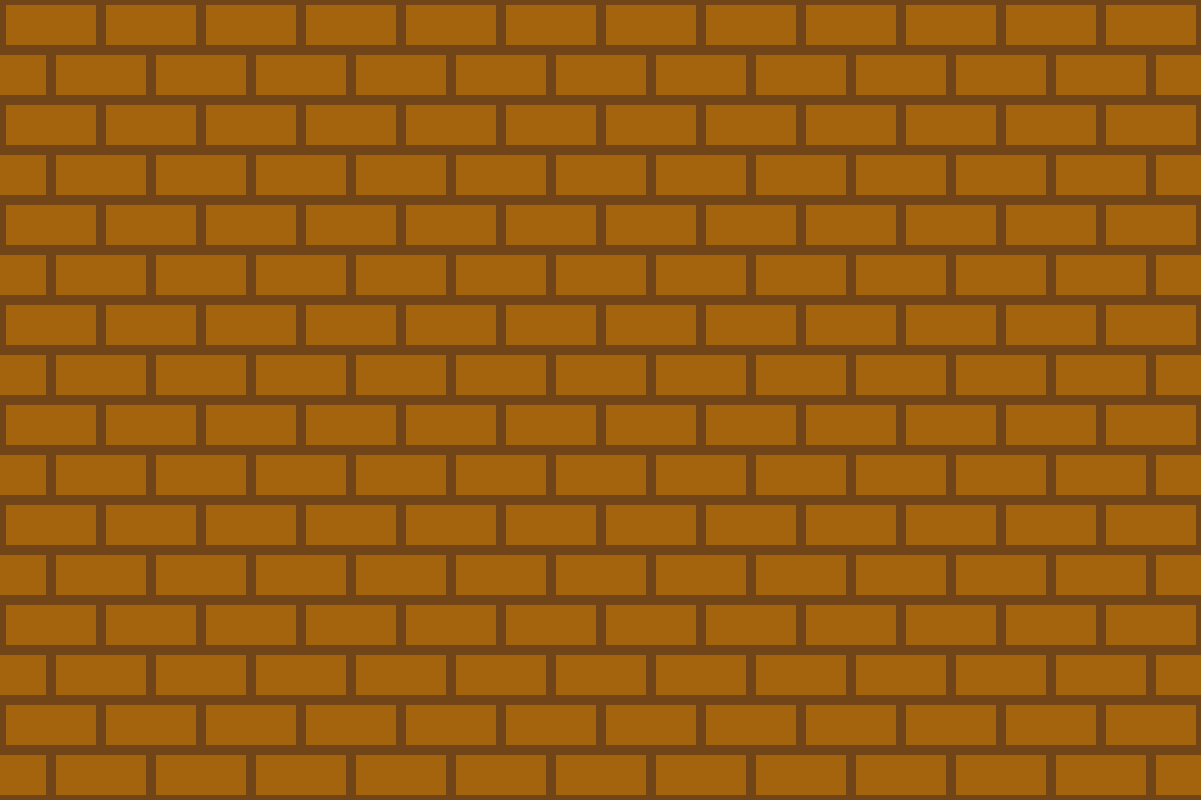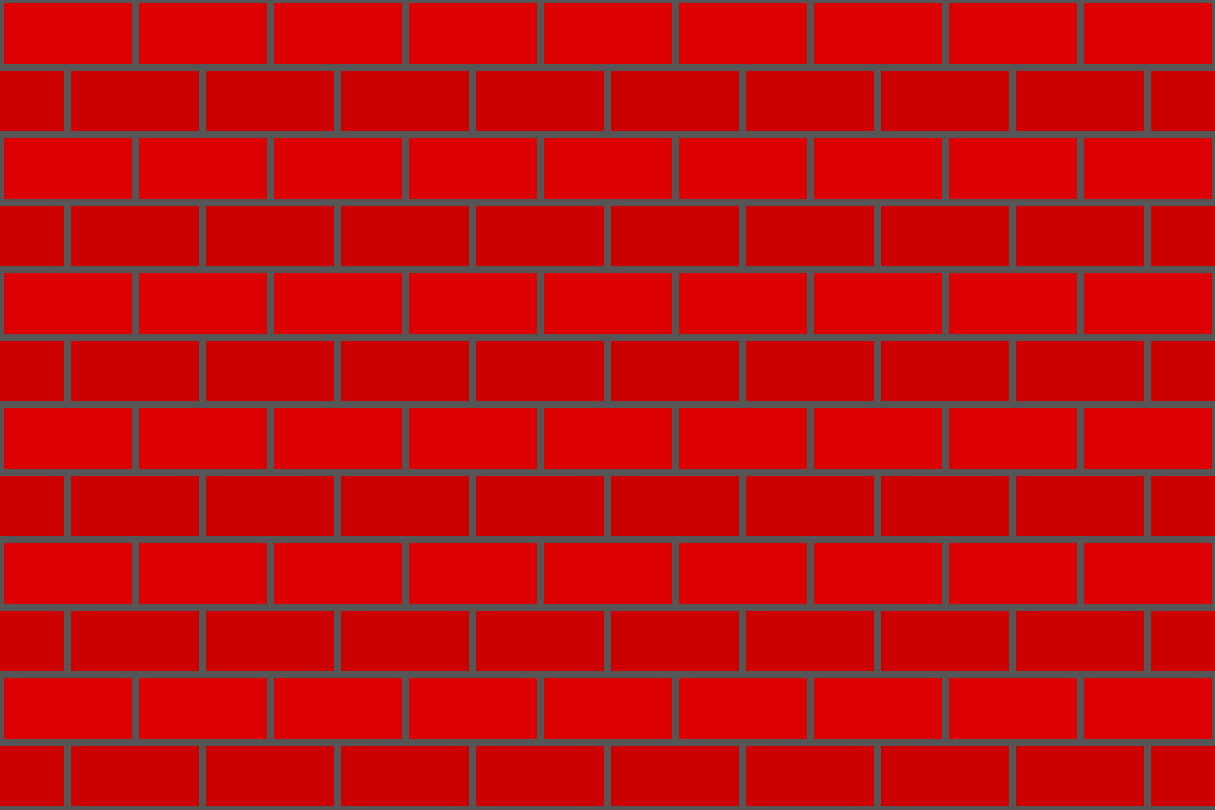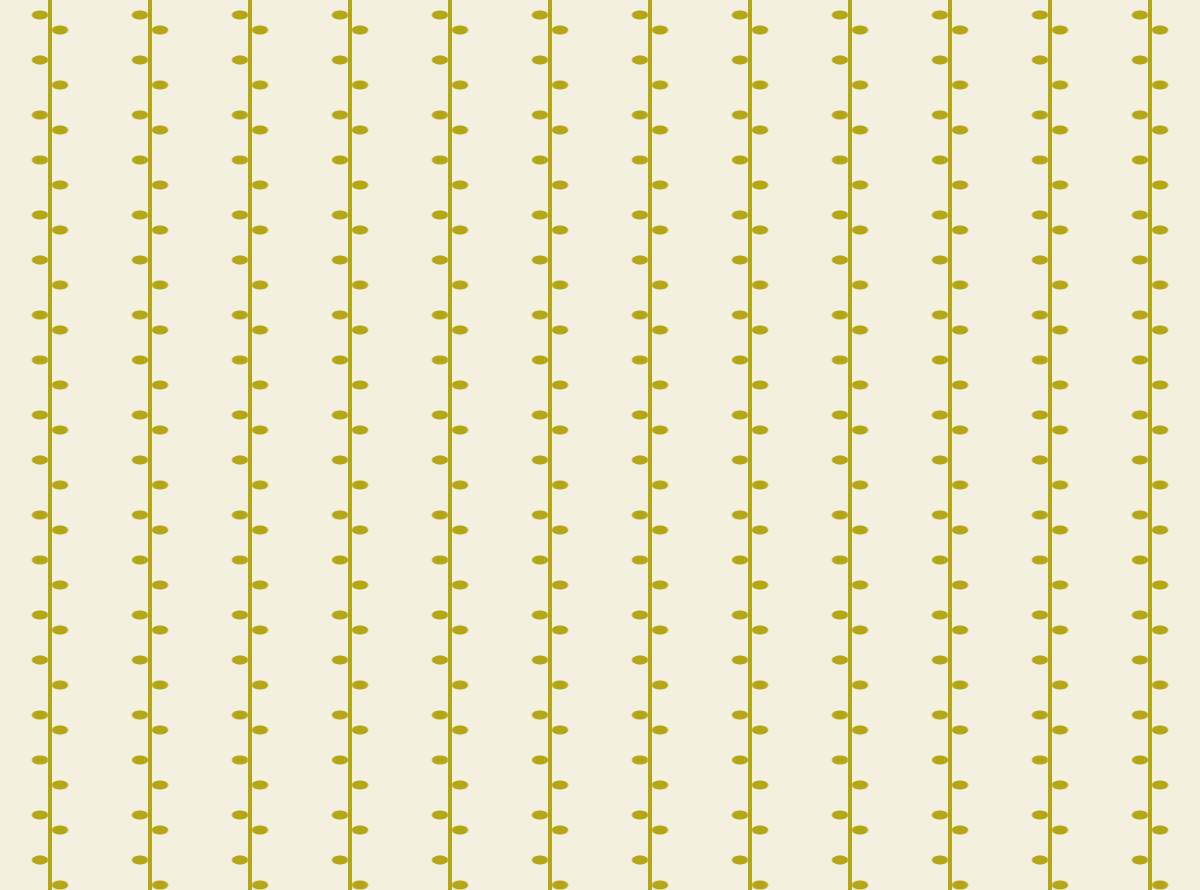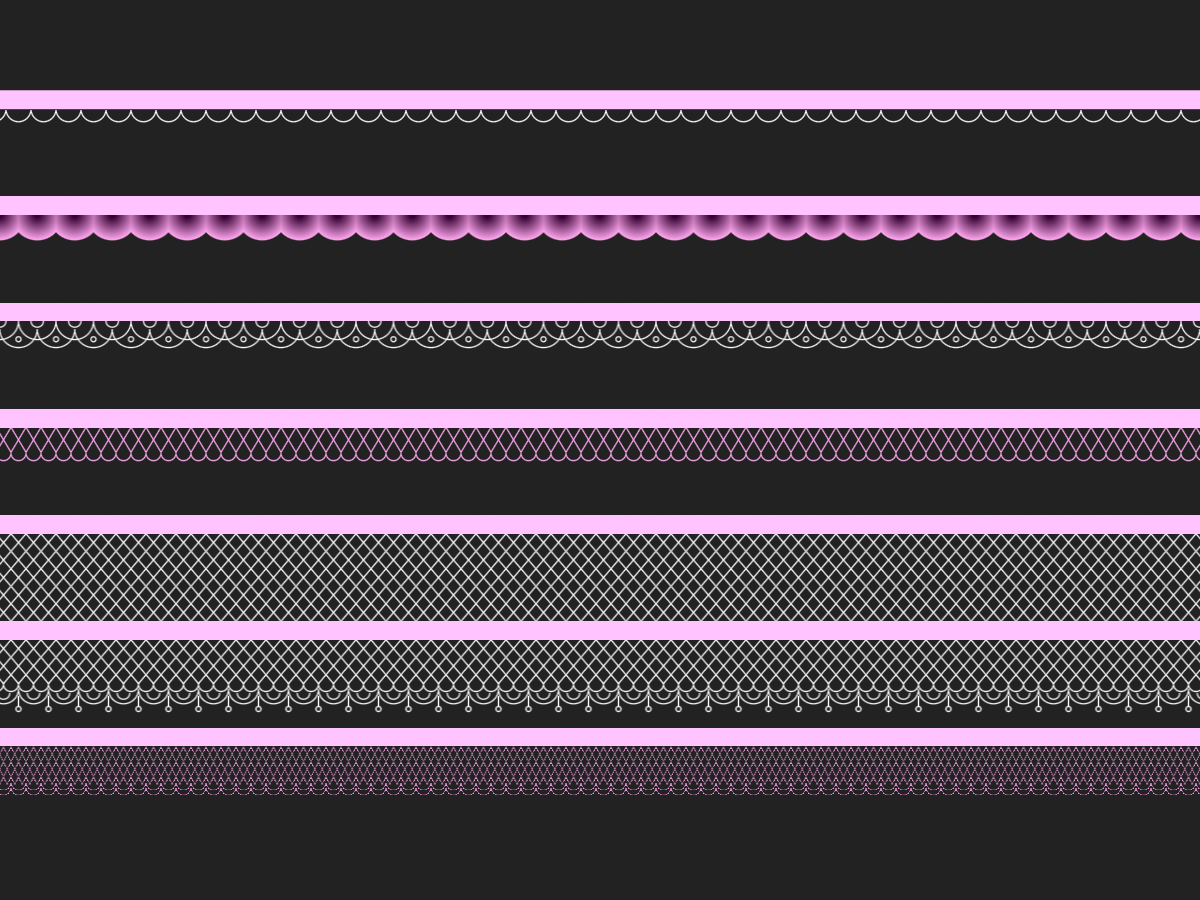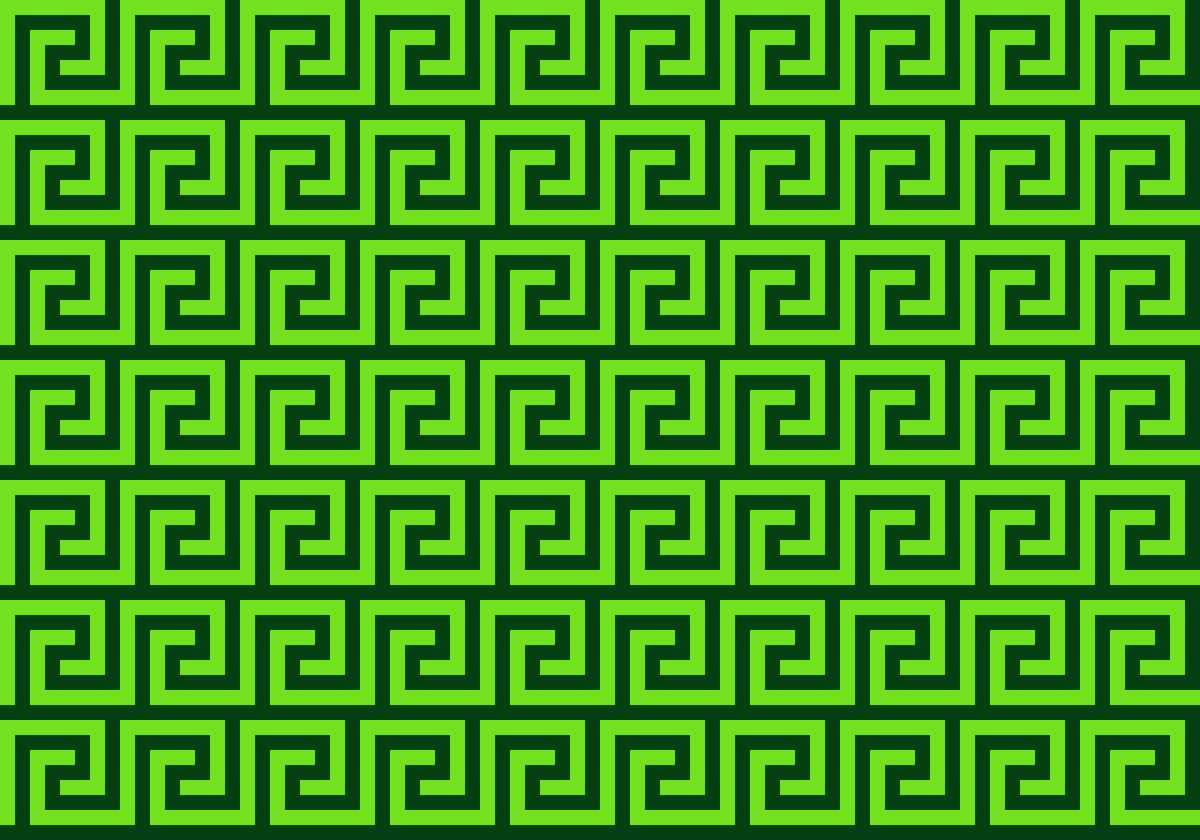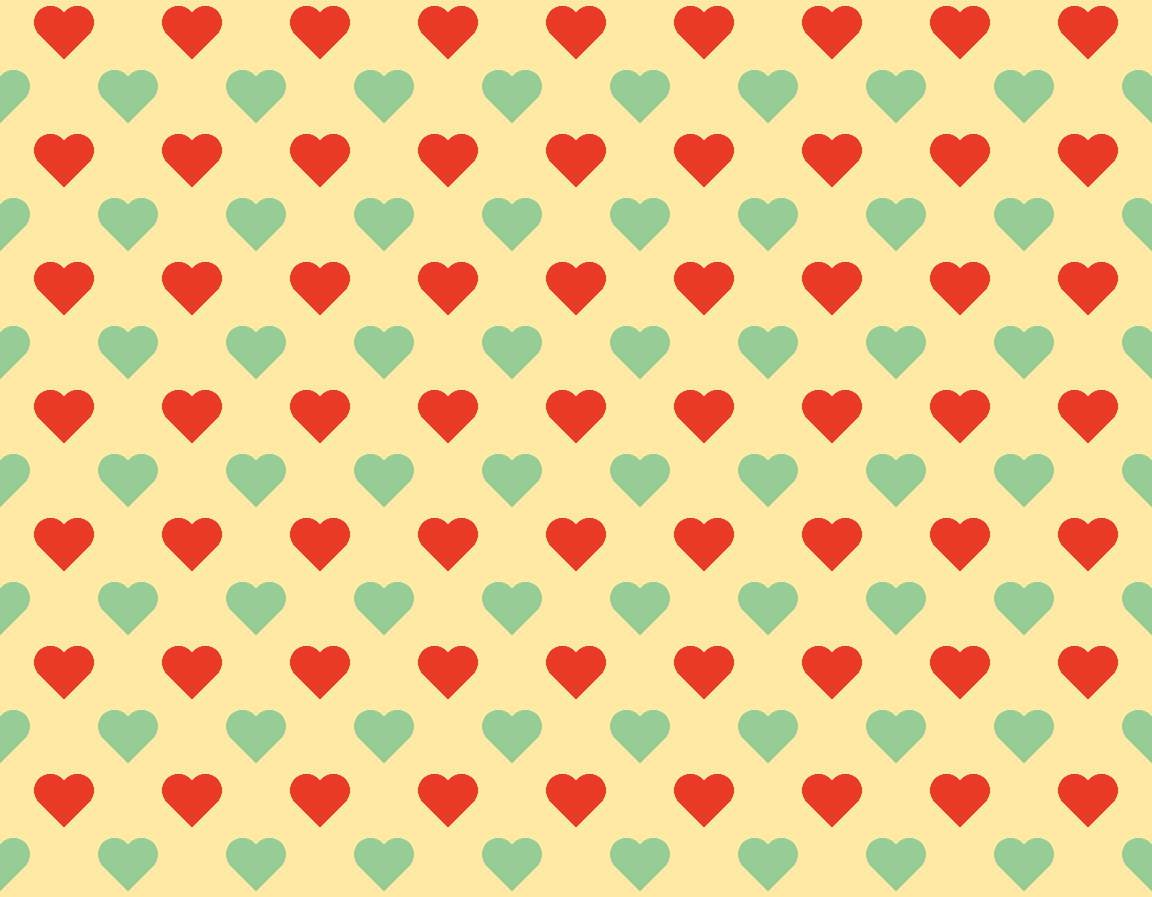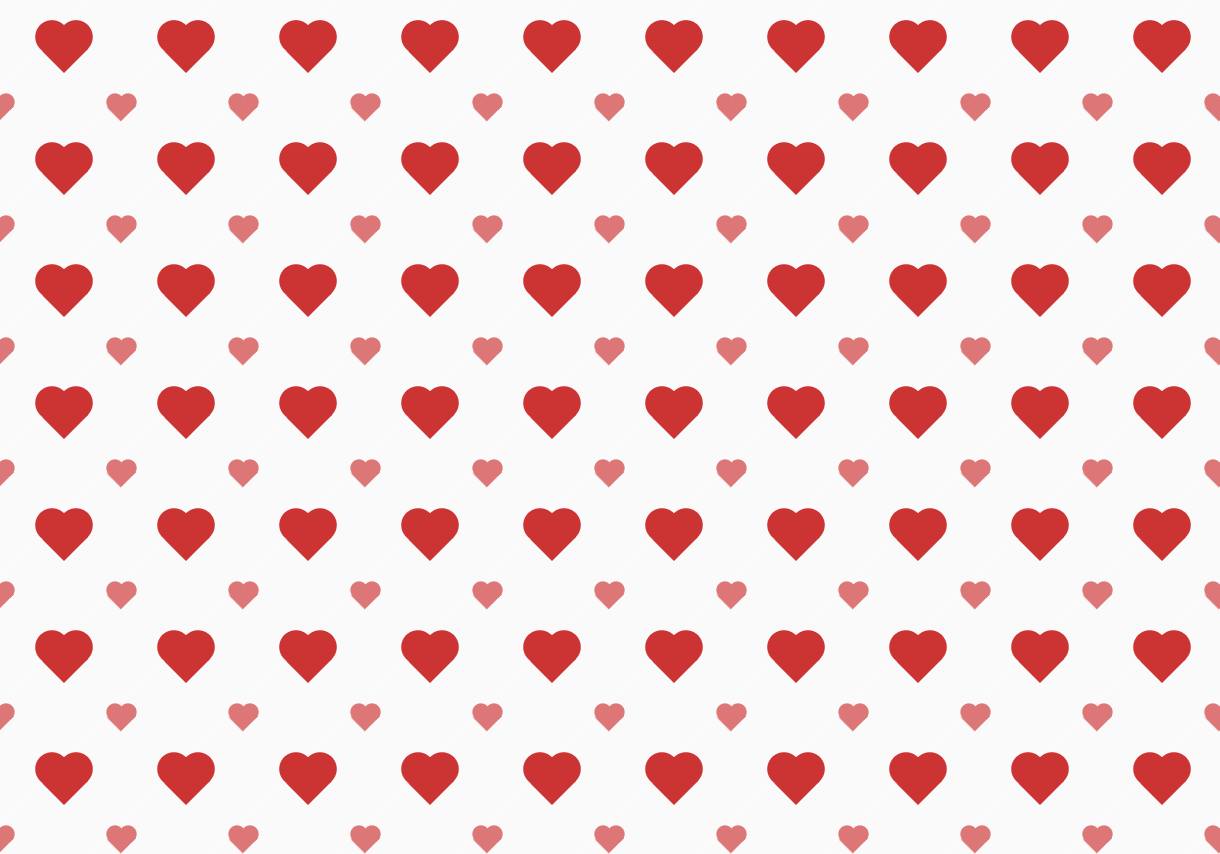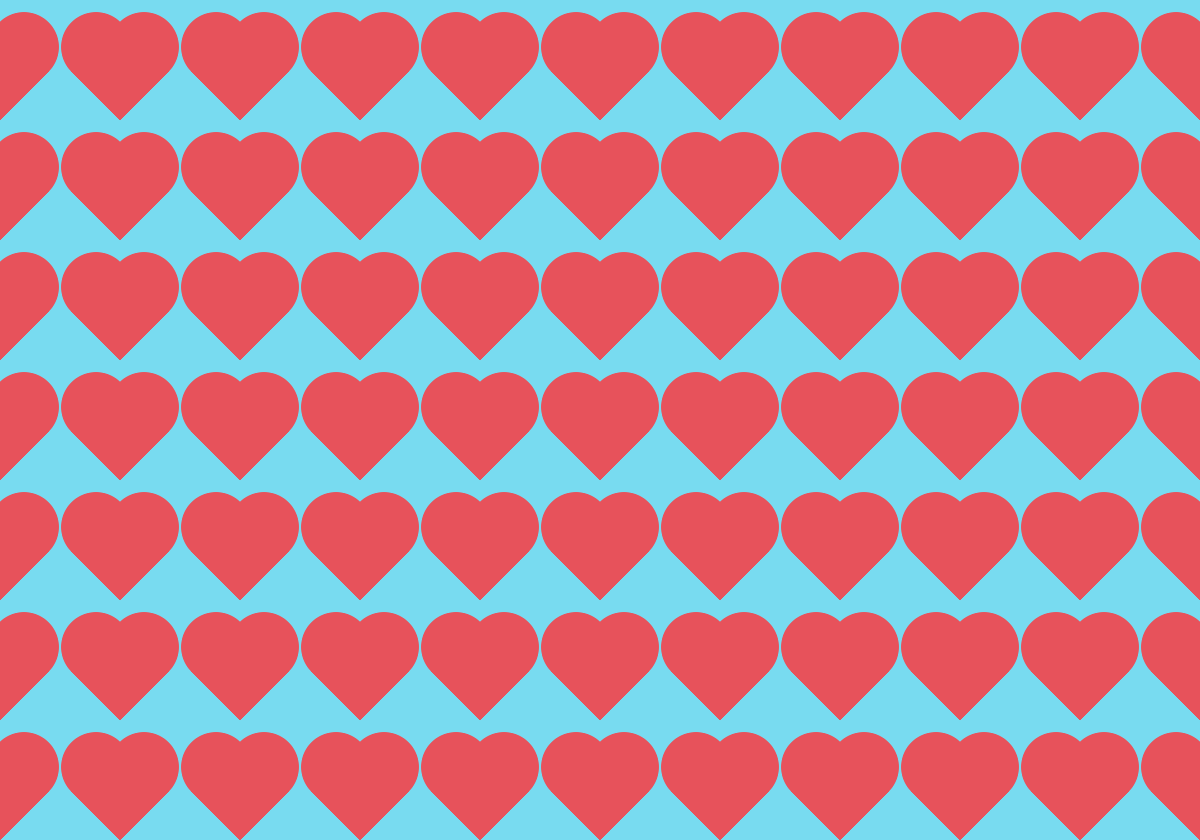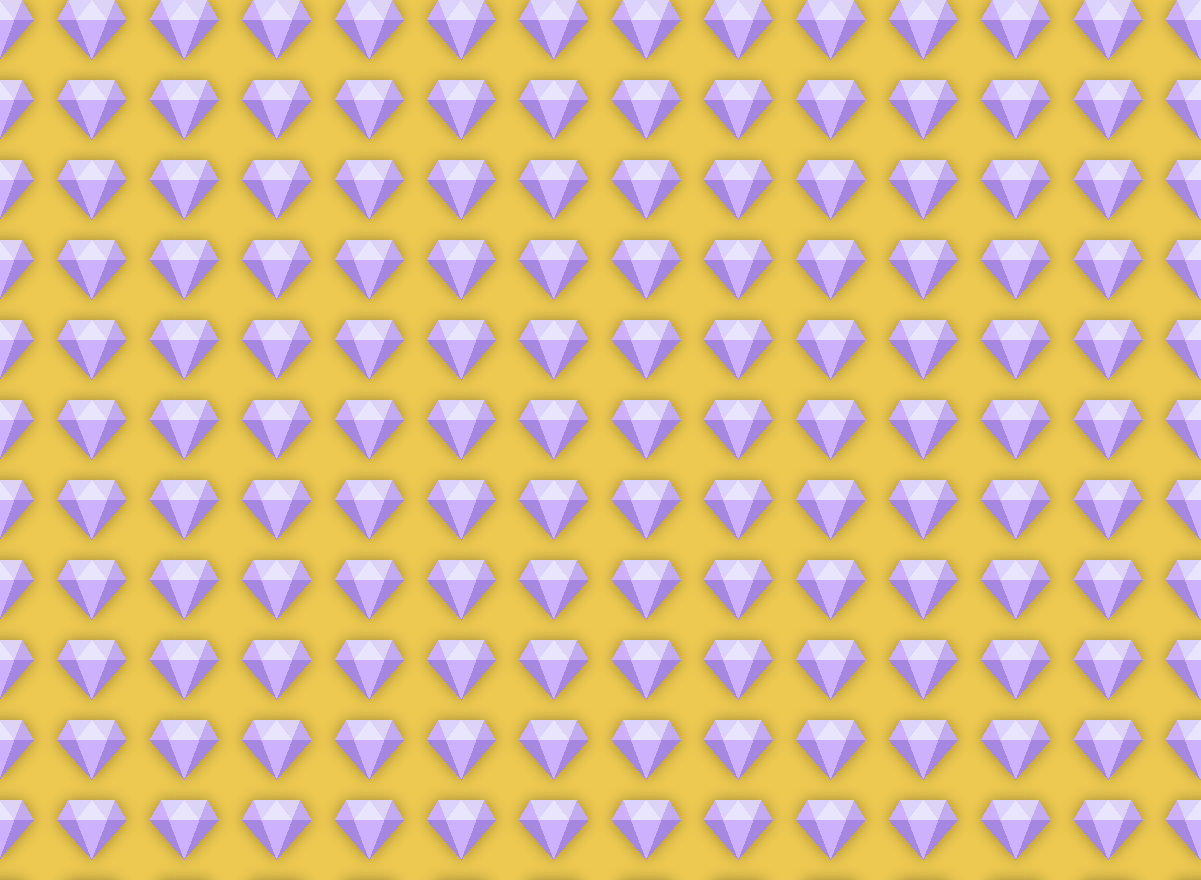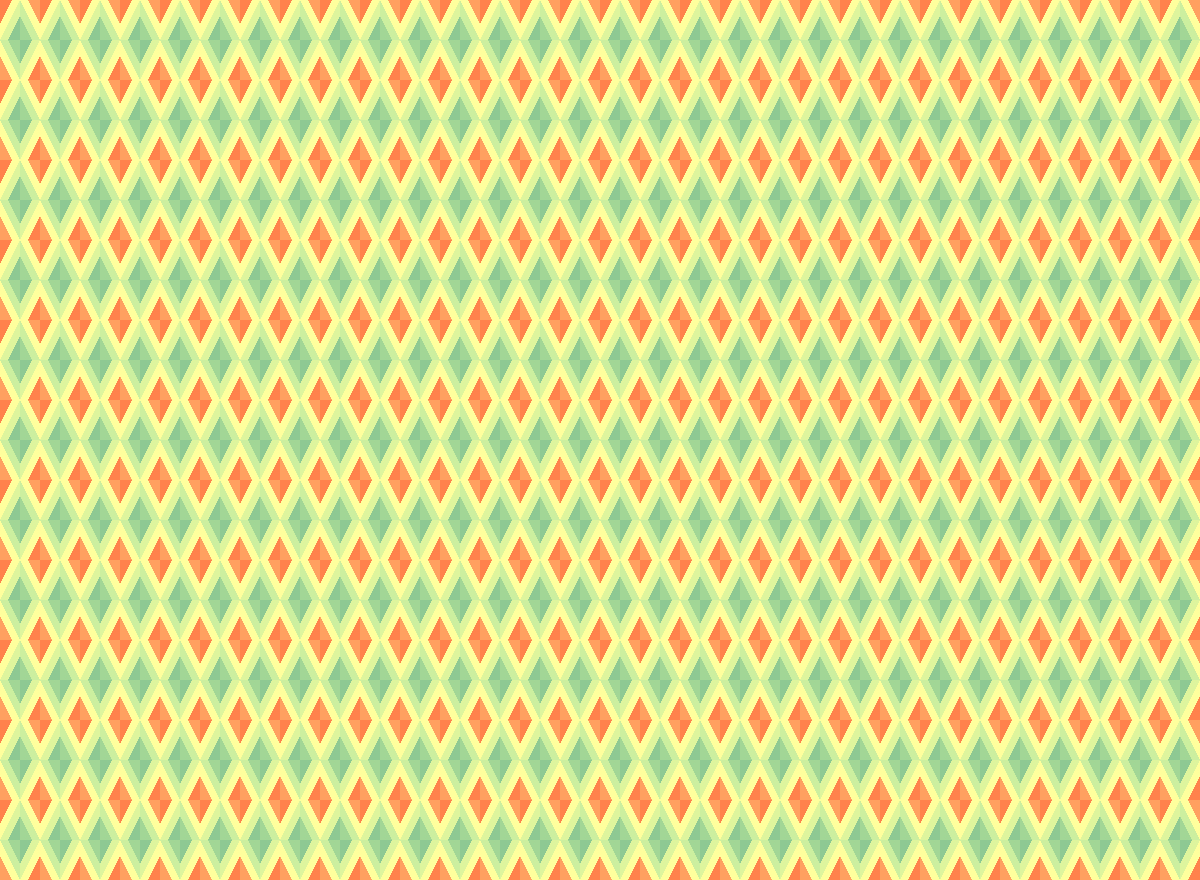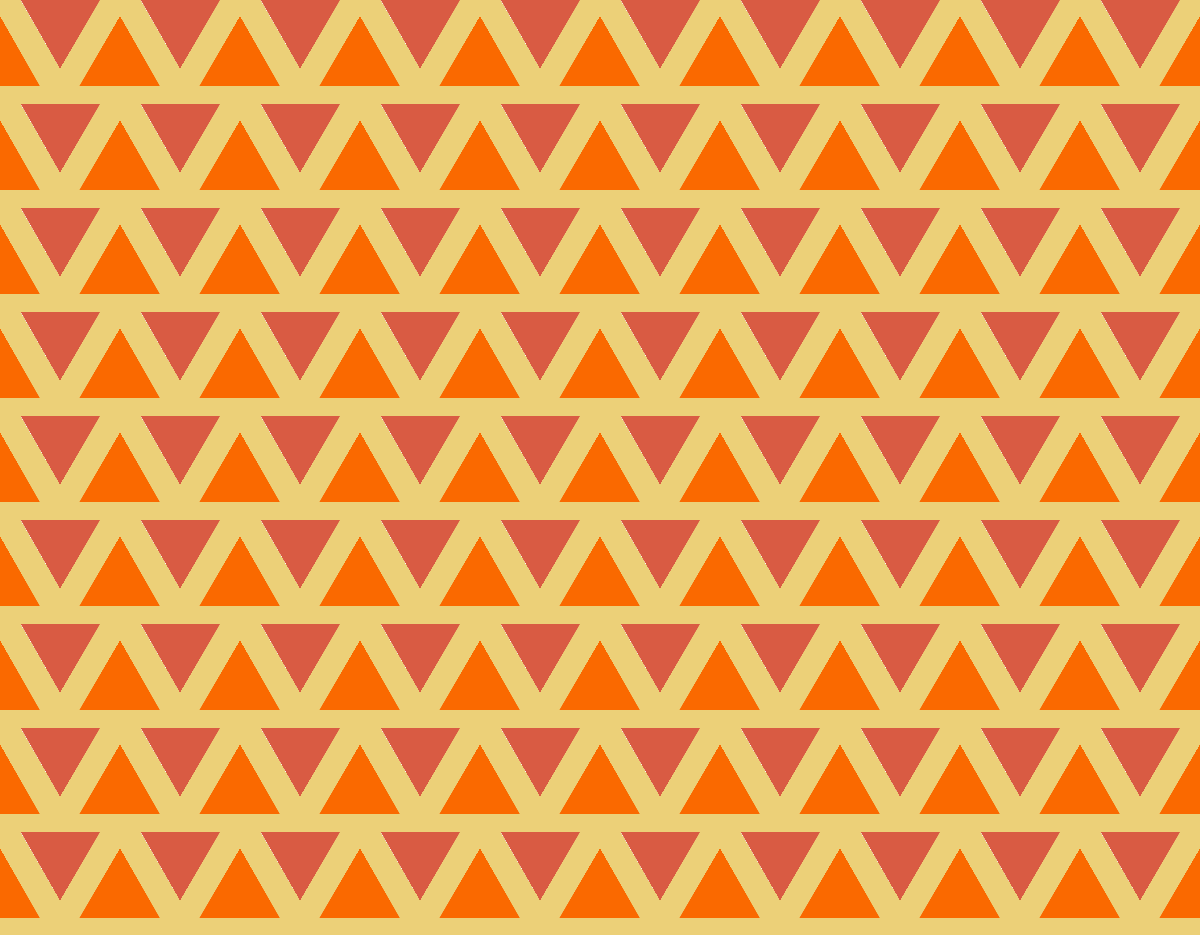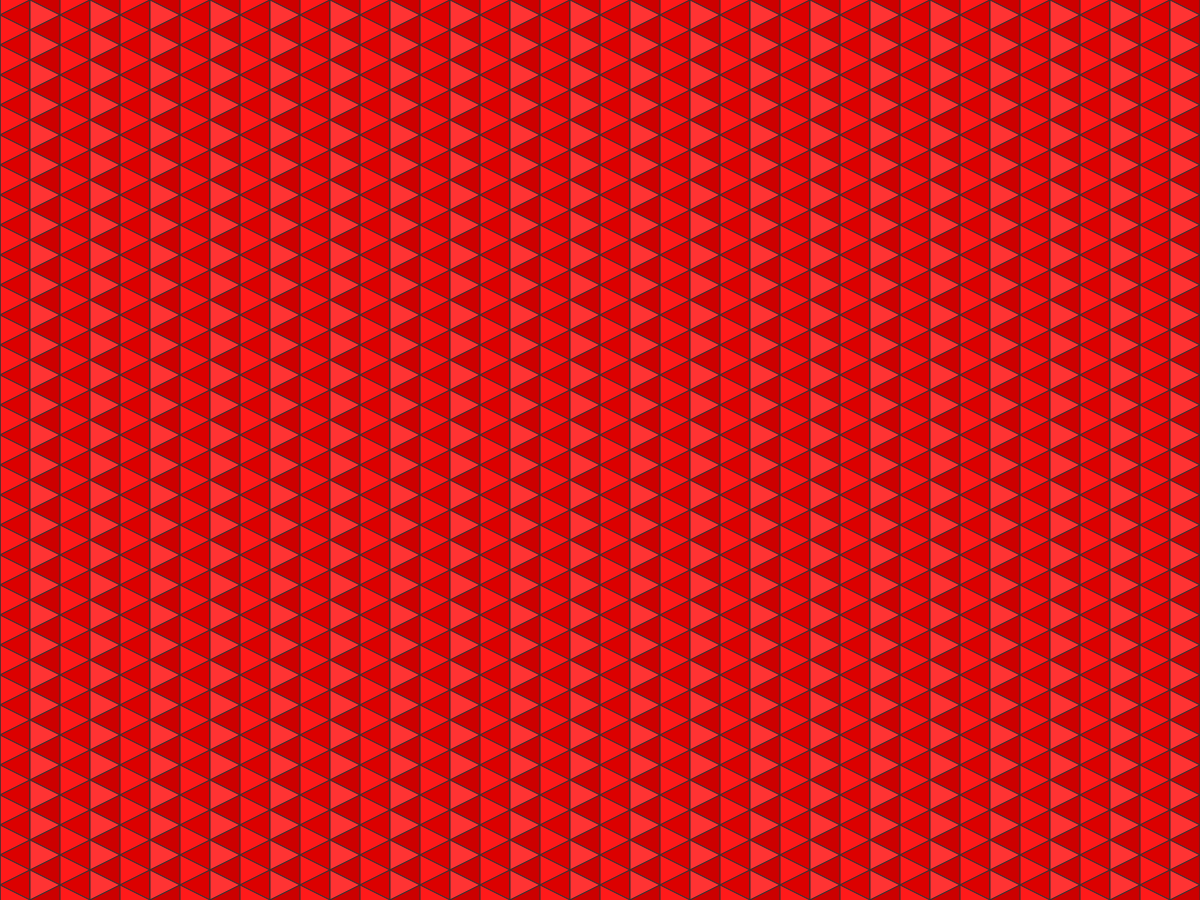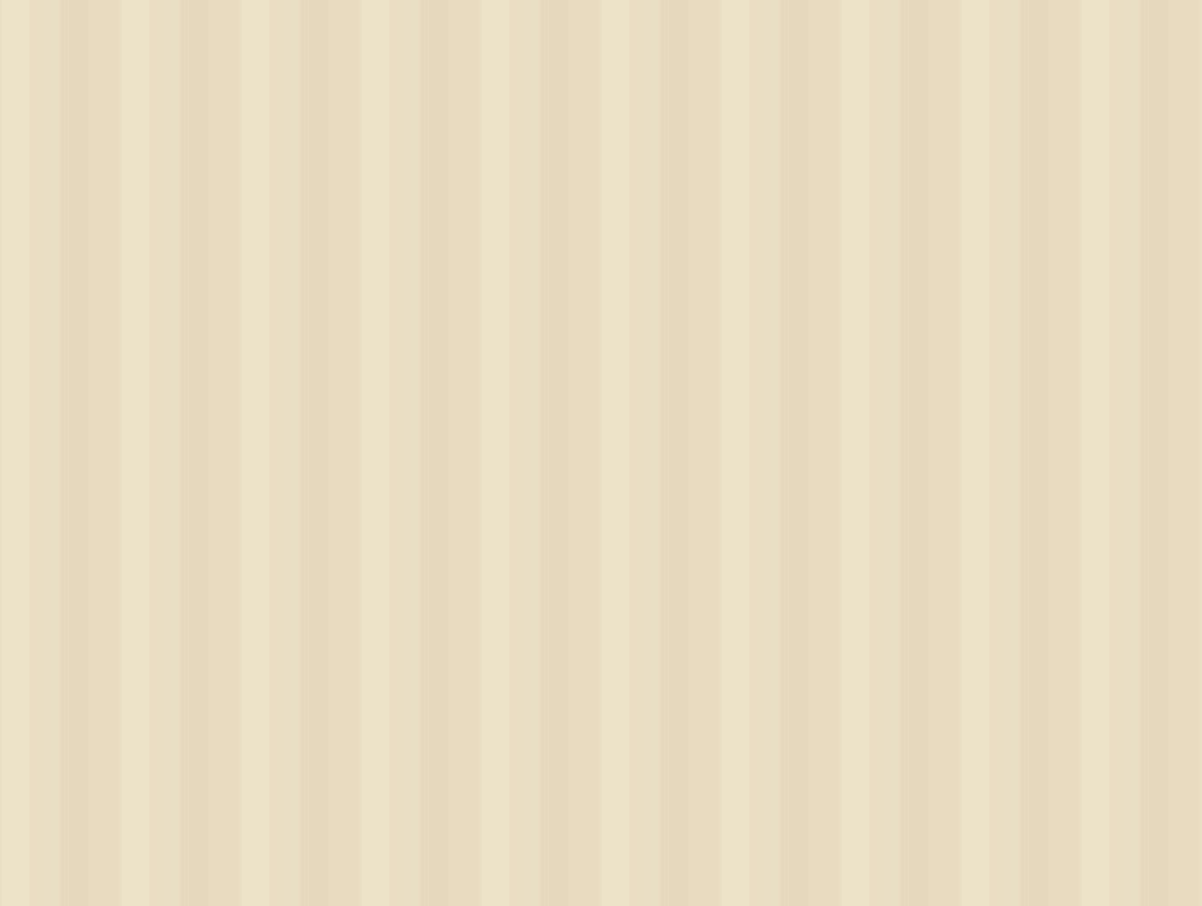Whether you’re looking for a classic pattern or something more modern and trendy, we have options available to meet your needs. In this article, we will explore the different types of popular CSS background patterns that can help take your web design to the next level. From traditional patterns like houndstooth to more contemporary styles like geometric, we’ll showcase a wide range of options for you to choose from.

One of the most popular trends in web design today is the use of CSS gradients as backgrounds. These subtle transitions between colors can add depth and dimension to any website, creating a visually stunning effect that engages visitors and sets your site apart from others.
But gradients aren’t the only option when it comes to background patterns. Traditional patterns like stripes, polka dots, and chevrons continue to be popular choices for web designers due to their timeless appeal and versatility. These patterns can add a touch of personality to your website while also providing a clean and professional look that is perfect for any industry or niche.
In addition to these classic styles, we’ll also explore some more modern and unique background textures that are making waves in the web design community. From concrete-like surfaces to abstract geometric patterns, there are countless options available for those looking to add a bit of edge to their website. Browse our collection today and discover the power of CSS background patterns!
Houndstooth Pattern
By using just three div elements, we can recreate the classic and timeless houndstooth pattern on any page with the help of CSS. The houndstooth pattern is a duotone textile check design featuring small, broken checks on a contrasting black and white background color.
Credits: Dave Chiu | View Demo
Chevron Pattern
This chevron pattern is created solely through CSS and its use of a linear gradient background, resulting in a striking and fashionable zigzagging design that is incredibly popular.
Credits: Webstoryboy | View Demo
Plain Weave Pattern
A seamless plain weave pattern achieved through the use of both linear and conic gradient backgrounds in CSS, creating a subtle yet sophisticated texture that adds depth and visual interest to the page.
Buffalo Plaid Pattern
In this Buffalo plaid pattern created using CSS, is featured bold red and black hues woven together in thick, oblique stripes. The repeating-linear-gradient() function has been employed to generate large intersecting blocks that give the design a dynamic and textured appearance.
Credits: tvalerius | View Demo
Gingham Pattern
By utilizing the power of CSS background property and function, linear-gradient(), you can effortlessly bring the quintessential checked pattern, Gingham pattern, to life using only CSS thus allowing for a stunning display of overlapping stripes that create a criss-cross effect.
Credits: Luísa Nogueira | View Demo
Plaid Pattern
This blue plaid pattern background is created using CSS by combining a repeating-linear-gradient() function resulting in crisscrossing horizontal and vertical stripes of color that meet at 90-degree angles. The pattern is achieved through the use of the “background” property and the “repeating-linear-gradient” function, which allows for the creation of intricate designs and patterns.
Blue Gingham Pattern
The blue gingham pattern created with CSS features diagonal criss-cross blue and white stripes background that repeat seamlessly using the linear-gradient and repeat-linear-gradient functions, adding a touch of classic style to any design.
Credits: Michael van den Berg | View Demo
Checkered Pattern
This background example features a striking checkered pattern created using CSS and the linear-gradient() function. The pattern is composed of alternating squares of white and green colors, reminiscent of traditional checkers. The checkered design adds visual interest to the page and creates a dynamic look that catches the eye.
Checker Pattern
This classic checker pattern created using CSS and the linear-gradient() function is composed of alternating squares of pure black and pristine white, giving it a timeless and elegant look to the page, enhancing its visual appeal.
Credits: Temani Afif | View Demo
Hexagon Pattern
Here is a hexagonal pattern created with CSS conic-gradient() function that features a mesmerizing background which resembles a honeycomb.
Credits: Temani Afif | View Demo
Aztec Pattern
This aztec pattern, created with CSS linear and radial gradients, featuring a stunning ensemble of shapes that resemble a kaleidoscope, adding a unique and eye-catching background to any design.
Credits: Jon Kantner | View Demo
Star Pattern
Here is background example that features a stunning star pattern created using the conic-gradient() function in CSS, adding a touch of magic to the design.
Credits: Temani Afif | View Demo
Pure CSS Star Pattern
A captivating star pattern created using the pure CSS conic-gradient() function as a background decoration, enhancing the overall design.
Credits: Ana Tudor | View Demo
Floral Pattern
With some clever use of CSS box-shadow and a touch of Javascript, it is posible to create a beautiful floral patterns that adds an elegant touch to any page.
Credits: Anna Pawl | View Demo
Argyle Pattern
The argyle pattern is created using a combination of pure CSS linear gradients to achieve an intricate design featuring overlapping diamonds with intersecting diagonal lines on top of the diamonds, resulting in a fashionable yet traditional background design.
Credits: Nick Beeuwsaert | View Demo
Blue Argyle Pattern
The blue argyle pattern is a versatile design that can be used in various contexts, from fashion to home decor. This SVG pattern, styled with CSS, features blue hues diamond shapes that are arranged in a linear manner, creating a recognizable diamond motif with outline(stripes) diamonds on top of them.
Blue and Green Argyle Pattern
If you were wondering whether it’s possible to create an argyle background with pure CSS, the answer is yes! The blue and green argyle pattern example was created using CSS linear-gradient() function that adds depth and visual interest to the design.
Credits: Nathan Bussiere | View Demo
Pure CSS Argyle Pattern
This pure CSS argyle pattern is an innovative approach to translate the classic argyle design from the physical realm to the web using only CSS. Through the use of numerous linear-gradients, the developer has successfully replicated this timeless diamond motif pattern.
Credits: Carpe Numidium | View Demo
Brick Pattern
The brick pattern below was created with the help of CSS, more importantly using repeating-linear-gradient, linear-gradient functions and mask property.
Brick Tessellated Pattern
By using the conic-gradient and linear-gradient properties, intricate brick tessellations can be created as a background pattern in CSS, producing a repeating design with clean edges.
Leaf Pattern
Another pattern utilizing the amazing technique to simplify background patterns using the CSS radial-gradient function. Finally, a simple way to create a leaf pattern background without using any div elements.
Credits: Poonam Soni | View Demo
Lace Pattern
By utilizing various CSS techniques and different gradient functions, the developer managed to create a multitude of delicate lace patterns and decorative textures that add visual interest to the overall design.
Burberry Pattern
Here’s an example of how you can create a Burberry-inspired tartan-check pattern using CSS and the repeating-linear-gradient function resulting in the well-known Burberry pattern.
Versace Pattern
This meander(decorative border) example highlights how CSS can be used to create stunning visual effect and pattern inspired by fashion designer Versace’s iconic style.
Credits: Temani Afif | View Demo
Heart Pattern
With the power of CSS, you can create stunning heart patterns as shown below, by combining different radial and linear gradient functions to produce vibrant backgrounds featuring hearts in various colors.
Heart Polka-dot Pattern
For a playful and festive touch during Valentine’s Day, use CSS to create a heart polka-dot pattern on your website background by combining different radial and linear gradient functions, creating a one-of-a-kind design that will make your visitors impressed.
Credits: Brett Peters | View Demo
Heart Background Pattern
Add a touch of romance to your Valentine’s Day design with a heart background pattern created using different radial and conic gradient functions in CSS. The versatile gradients can be combined to produce a variety of heart-themed backgrounds.
Credits: Temani Afif | View Demo
Diamond Pattern
Create a stunning 3D diamond pattern on your website background using a conic gradient function in CSS. By using a single div element and applying gradients to its properties, you can create an eye-catching design.
Credits: Temani Afif | View Demo
Diamonds Pattern
For a bold and eye-catching design, use this created CSS 3D diamond pattern as a background. By utilizing the linear-gradient() function and transparentizing red and green colors on the diamonds within a single div element, you can achieve a stunning effect that showcases the versatility of gradients in creating unique patterns.
Triangular Pattern
With the usage of CSS conic-gradient() function the developer has created a mesmerizing triangular pattern background. By alternating the triangle colors with the help of gradients it shows the versatility of CSS for creating unique visual identities.
Credits: Temani Afif | View Demo
SVG Triangle Pattern
For a unique and visually striking design, use CSS styling to create an SVG background pattern featuring alternating triangle hues.
Triangle Pattern
This background example features an eye-catching CSS triangle pattern created using the linear gradient function, which showcases alternating triangle colors that add a dynamic and modern touch to the design.
Credits: Ben Edwards | View Demo
Wood Pattern
A wooden background texture that features a realistic wood pattern created using the linear gradient function in CSS, which adds a natural and organic feel to the design.
Credits: Szabolcs Surányi | View Demo
Whether you’re a seasoned designer or just starting out, our CSS pattern gallery has something for everyone. With tens of background patterns to choose from, you’ll be sure to find the perfect style to match your brand and enhance your web design.
